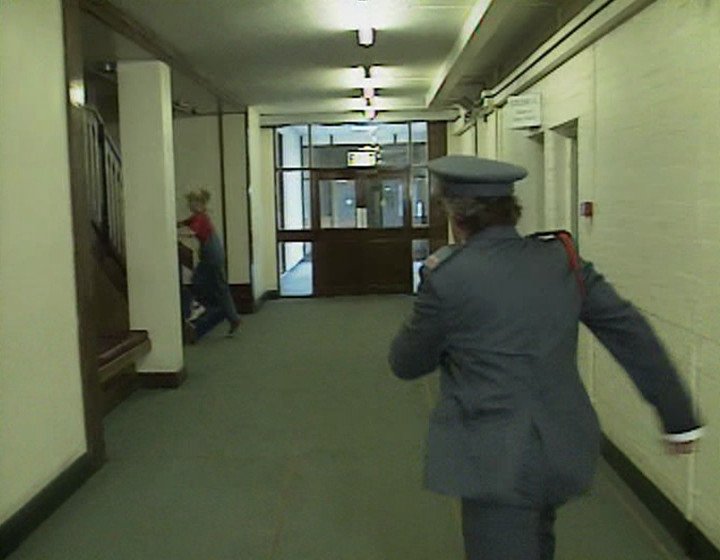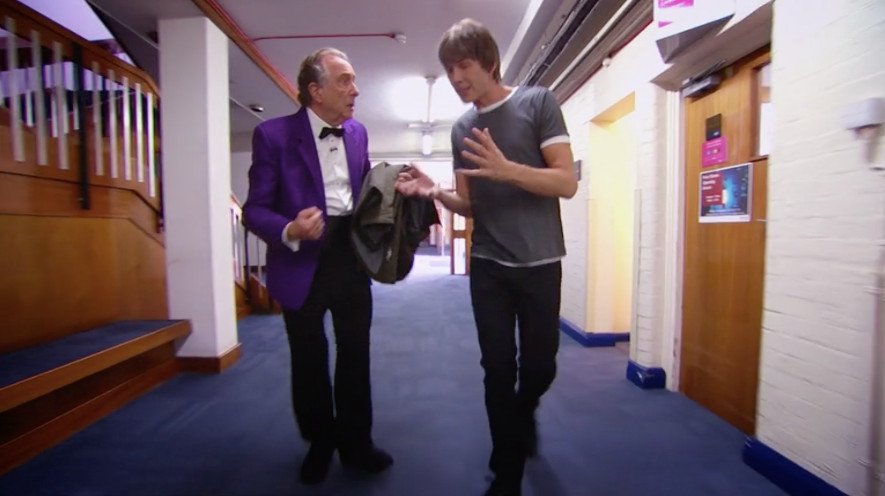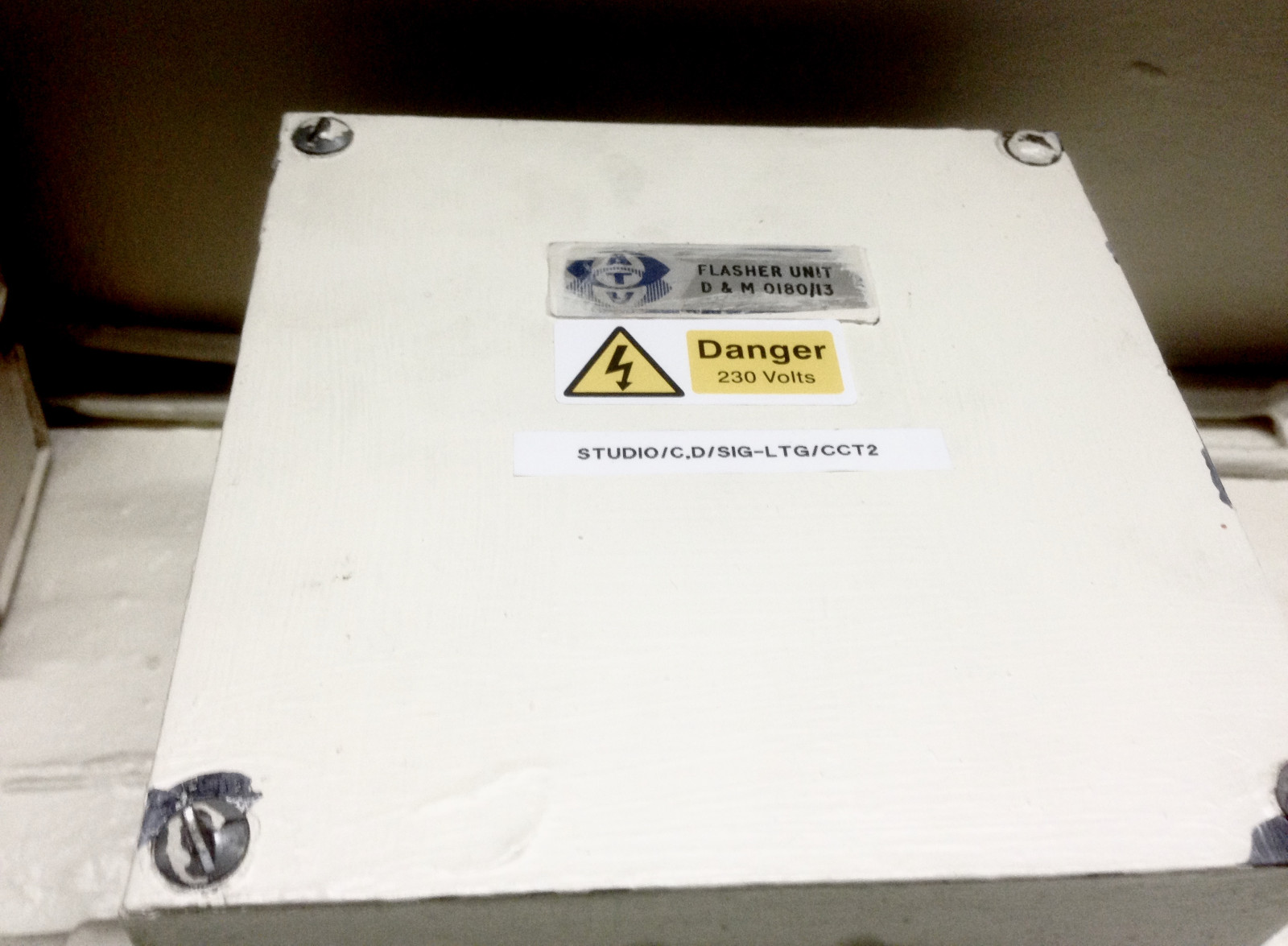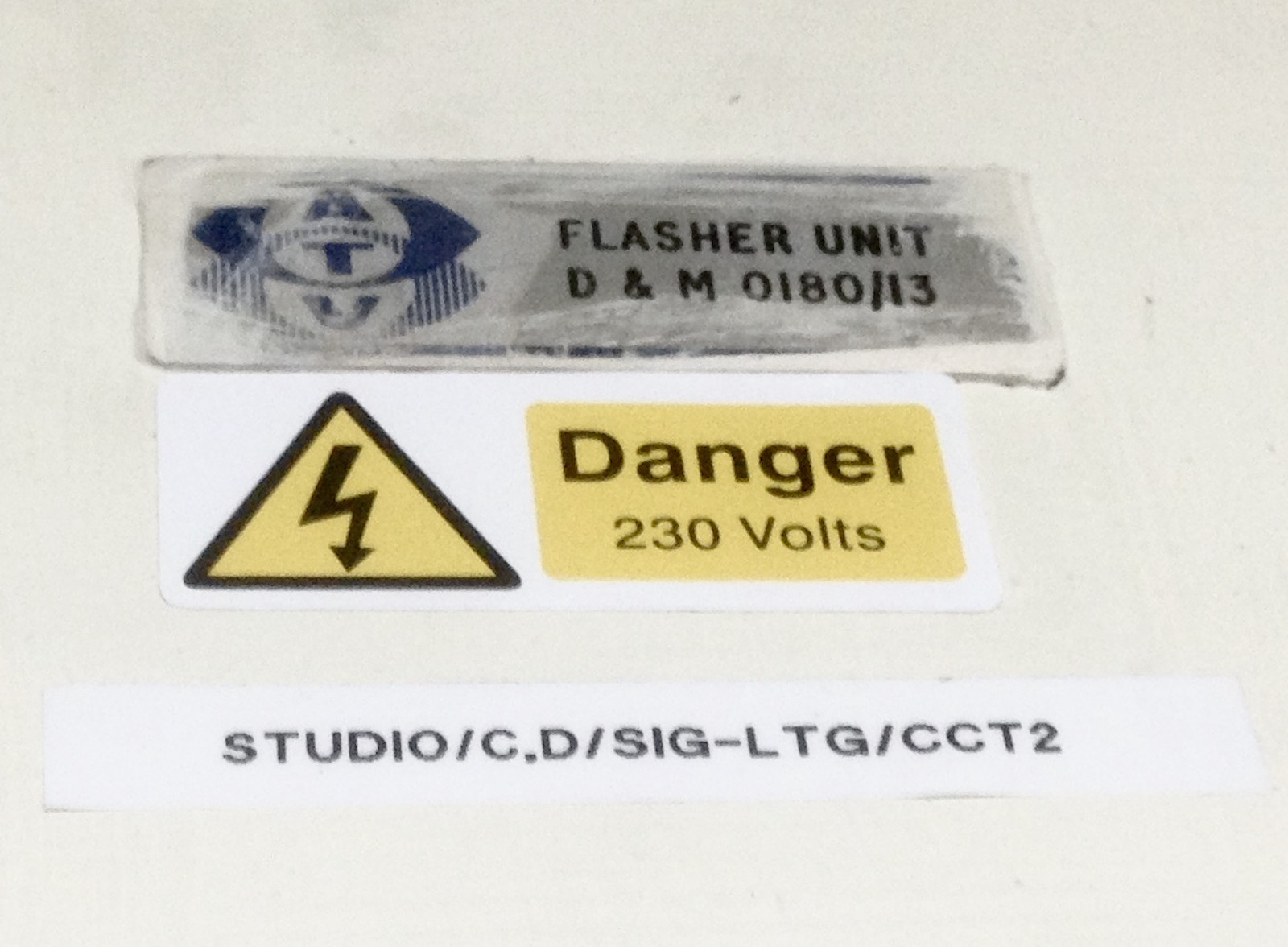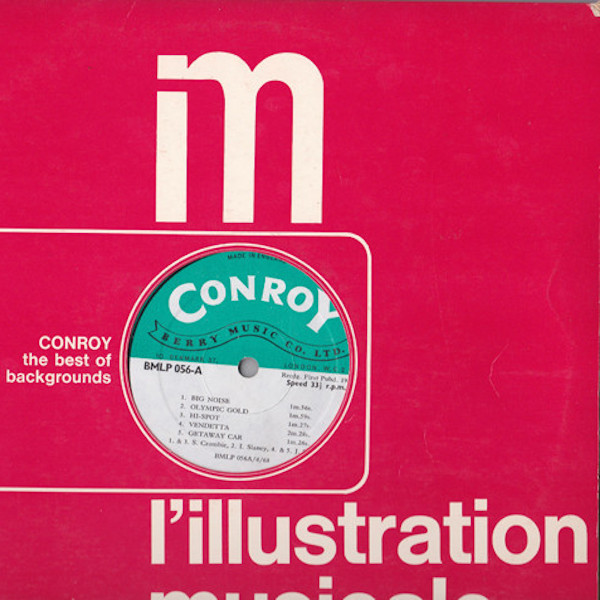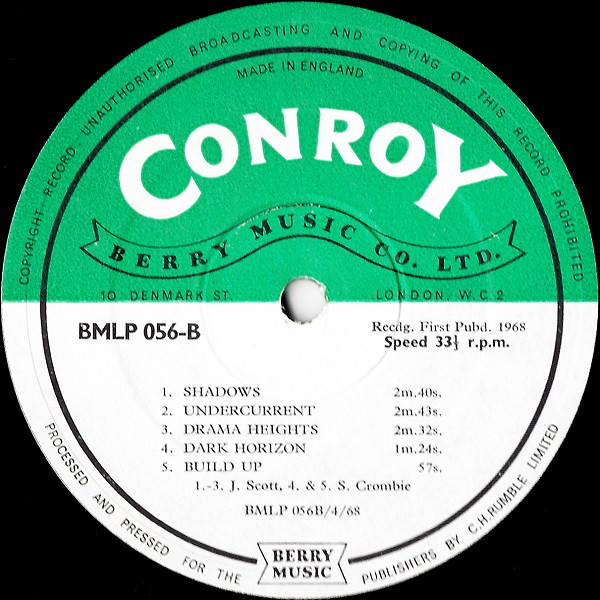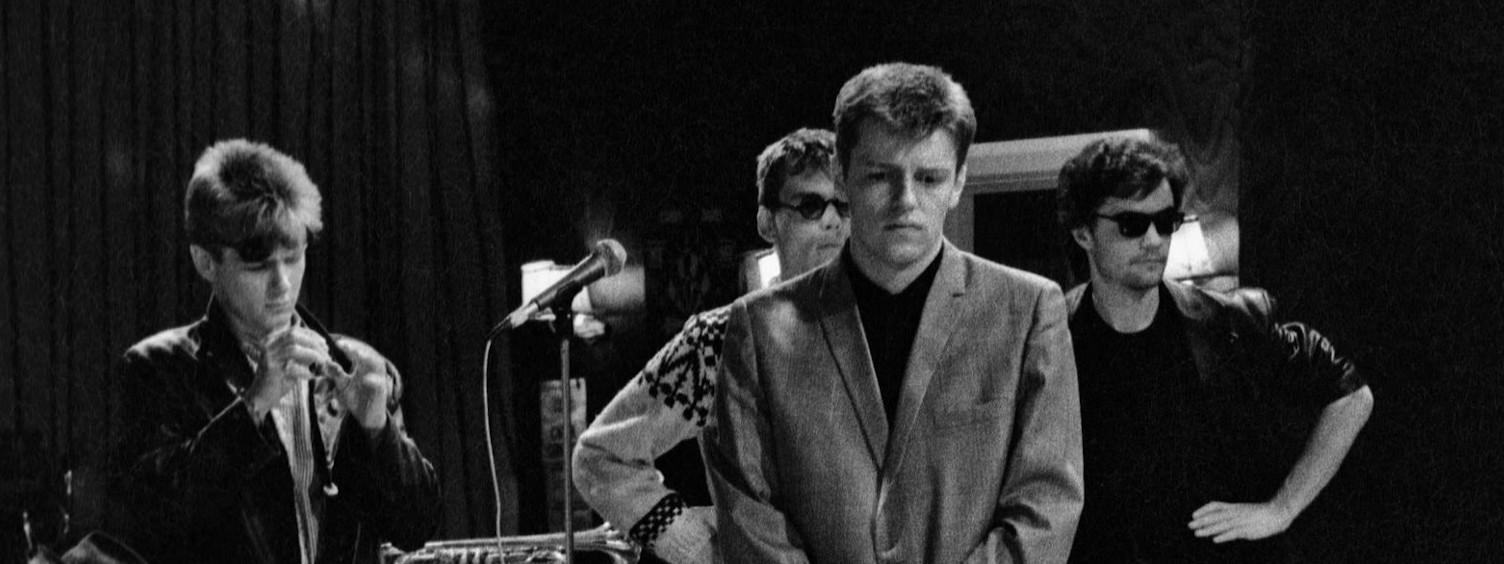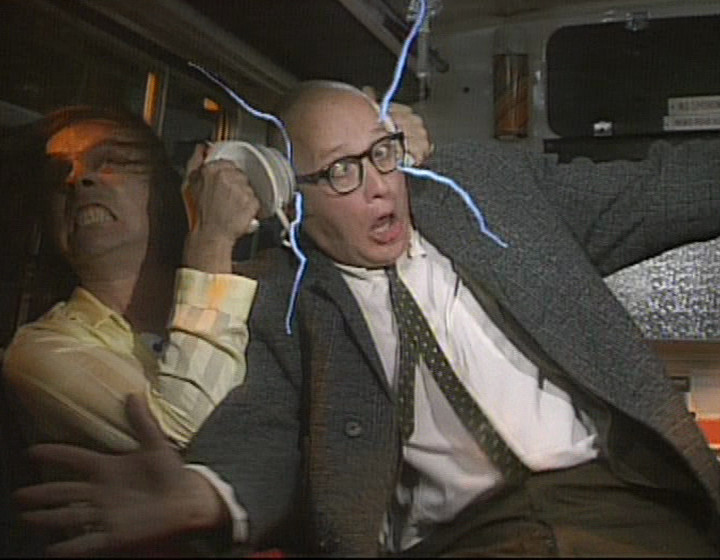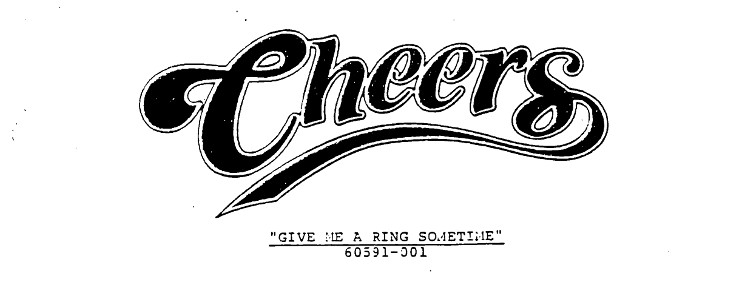Of all the scriptbooks that I own, Father Ted: The Complete Scripts is my favourite. Not only is it the actual scripts, rather than Blackadder: The Whole Damn Dynasty‘s lame transcripts, but soon as you open the book, its magic is revealed on the inside cover.
“Father Ted: The Complete Scripts is, uniquely, a collection of late, but not final drafts – jokes, characters and scenes that didn’t make it into the series are here, along with an introduction to each episode by the authors, which explains how the insane plotlines arose. So whether you’re a fan of the show, or simply interested in how a comedy programme makes the final leap from page to screen, this book is all you’ll need.”
Seeing as no deleted scenes ever showed up on any of the DVDs, or indeed any documentaries about the show1 , this scriptbook is the closest we’ll get to them. And there is indeed a fairly large chunk of stuff that never made it into the show. This includes entire scenes from “Song for Europe” featuring Jeep Hebrides, Craggy Island’s chief recording engineer, who leaps off the page so clearly that you just wish we could have met him for real.
But in some ways, it’s the smaller changes which are the most interesting. Take “Tentacles of Doom”, where three bishops come to Craggy Island to upgrade a holy relic, only to be destroyed by our heroes. Arthur Mathews tells us a delightful tale of an over-egged joke:
“Jack being taught to say ‘That would be an ecumenical matter’ was the inspired suggestion of (by now ex) producer Geoffrey Perkins. We were just going to have him saying ‘Yes’ and ‘No’, but that phrase really lifted it. There was a third line, ‘Temptation comes in many guises’, but it didn’t add anything so we dumped it in the end.”
– Arthur Mathews, Father Ted: The Complete Scripts, p. 120
You can already feel how the comic rhythm of the joke would be destroyed by the extra line. “That would be an ecumenical matter” is funny partly because it’s the only longer answer Jack gives. Learning what a show gets rid of is just as instructive as what a show keeps. Sometimes more so.
There is one thing that the scriptbook doesn’t reveal about this missing idea, though. Because a vestige of it actually appears in the final, broadcast episode. And I didn’t notice it for over two decades.
So let’s join Father Jack, shortly before he inserts the Holy Stone of Clonrichert up Bishop Facks’ rectum:
FATHER JACK: Temptation, ecumenical, yes!
Clearly, the “Temptation comes in many guises” lines were still in the script when the location shoot was taking place. The word does appear in the scriptbook in this scene, but nowhere else in the script – a script described as a “late, but not final draft”. So presumably the rest of the lines were deleted between the location shoot and the audience recording night.2
I confess that vestigial remnants of this kind utterly delight me. The glimmer of a road not taken, going unnoticed for decades. And it’s a sign of what you can get away with, if your show is firing on all cylinders. The above word should stand out like a sore thumb – the entire joke, as revised in the final version, is that Jack only has three answers. The mumbling of a fourth deleted one should ruin things, by rights. But it passes by without even being noticed, let alone feeling awkward.
The merest ghost of an alternate path, that never gets spotted… unless you’re on a deleted scenes orienteering course.
To my knowledge, anyway. Let me know if I’m wrong. ↩
Other parts of the book are more explicit that rewrites happened during this time; in the scriptbook’s introduction to “Hell”, Linehan talks about how the small/far away gag was thought up while shooting the episode’s location inserts. Not that that’s much of a surprise. I was at IT Crowd recordings where Linehan did rewrites between the first and second take in front of the audience. ↩

